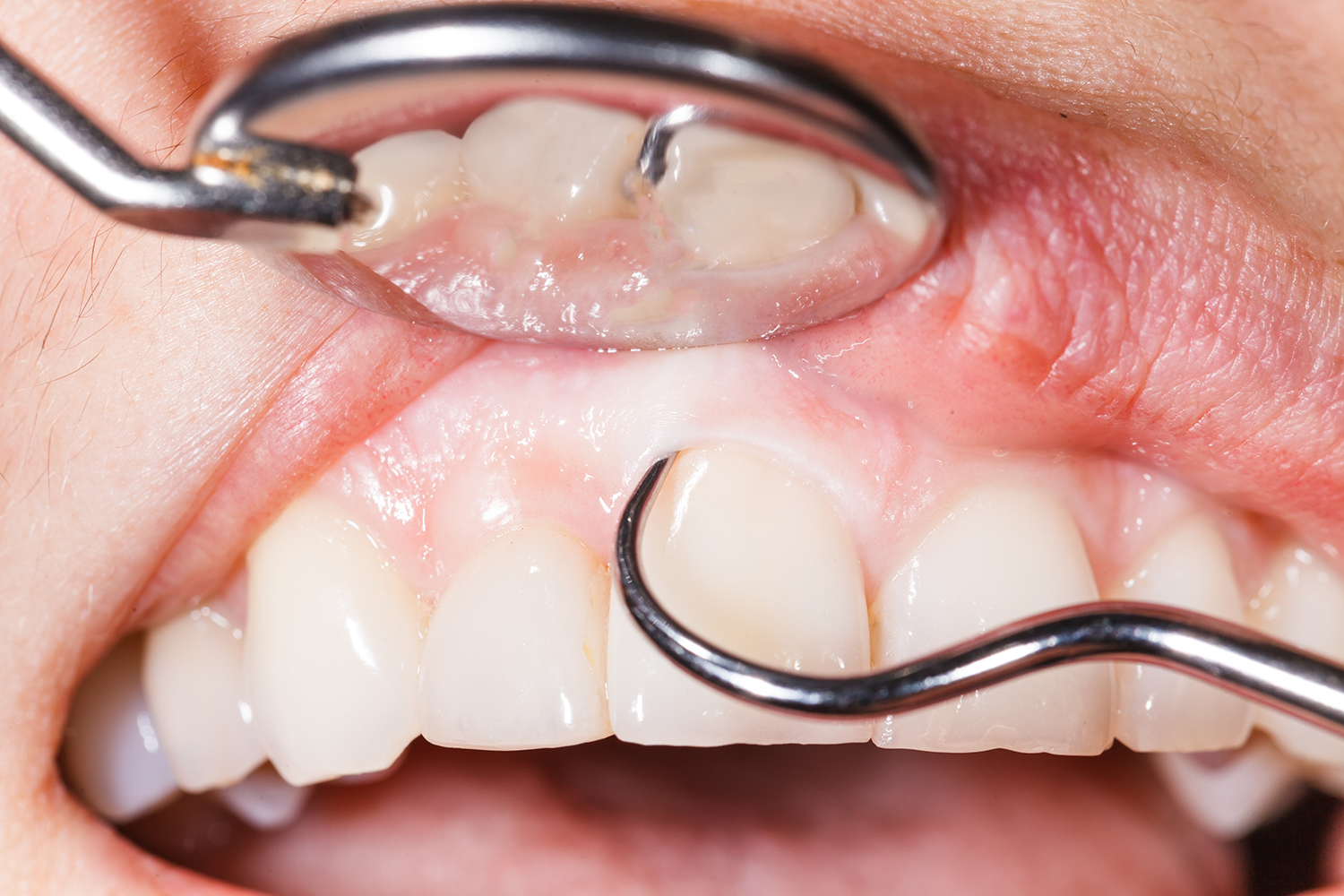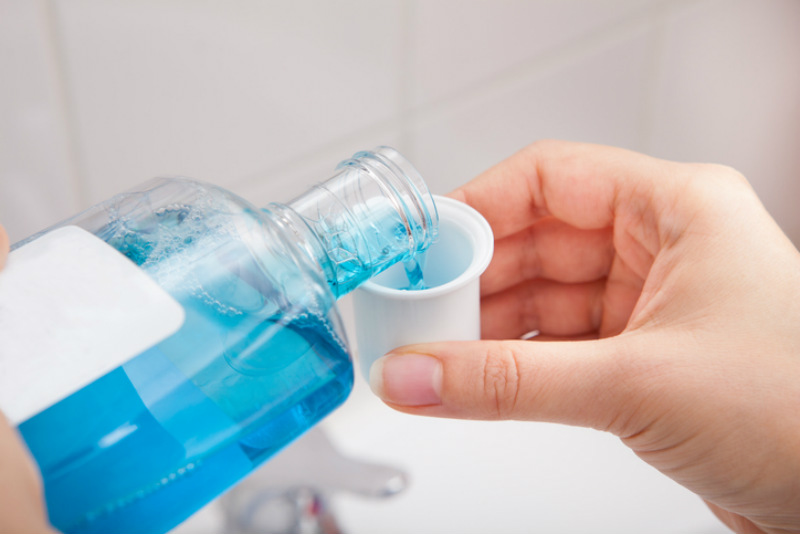
If you want to prevent or get rid of the bacterial infections in your gums, you can consider getting antimicrobial treatment. This treatment mainly focuses on prevention of gum disease resulting from infections that are caused by bleeding and inflammation.
Preparation and treatment

First, you will need to get your teeth checked by your dentist. They will decide whether or not you qualify for this treatment. If they decide that you can get this treatment, they are going to do root planing and scaling. These are the ways to clear plaque and tartar from the tooth roots hidden underneath the gum line. If there are pockets deeper inside the gums, the dentist may recommend patient to see the periodontist.
The periodontist may decide to proceed with the gum surgery if there is the need for one. The surgery may involve cleaning the root area and removal of infected bone after making of an incision on the gum and flapping the cut area to expose the infected part of the root. After the infection and infected tissues are removed, the gum is placed back to its place and your periodontist may ask you to pay a visit after a week or two. You will be advised to use antibacterial mouthwash to keep the area disinfected.
Antiseptic mouthwash

You will want to make sure that reproduction of bad bacteria is controlled in your mouth. For this purpose, you can use antiseptic mouthwash. Several mouthwashes can clean pockets around in the individual teeth. Commonly used ingredients in the making of antiseptic mouthwashes may include essential oils, chlorhexidine, essential oils, and metal salts Sn11 and Zn11.
Antibiotic medication

Whether there is an increase in the bacterial buildup or there is the bacterial infection as a result of this infection, antibiotic medication is going to help you get the issue resolved. The medications that you may get prescribed in this regard may include:
- Amoxicillin in case you are allergic to penicillin
- Clindamycin in case you are allergic to Amoxicillin
- Chlorhexidine to control plaque buildup, gingivitis and bleeding of gums
Your dentist may offer local antimicrobial treatment which mainly involves application of doxycycline or minocycline powder to the sulcus area around the gum tissue. This treatment kills any bad bacteria causing infection.
After treatment
Remember, antimicrobial treatment is usually an extreme measure taken after you do not pay much attention to your oral health and hygiene. Therefore, the best thing you can do after the treatment is to pay attention to your oral hygiene to make sure that you do not get any bacterial buildup again. Moreover, you need to visit your dentist regularly to get your teeth, gums and other areas of oral cavity properly checked.